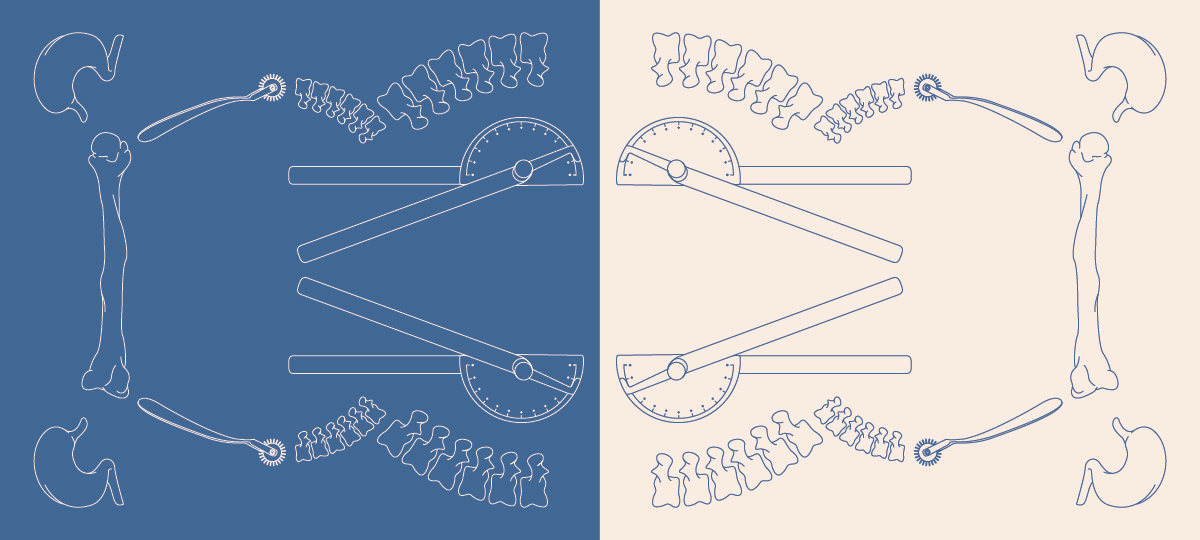True sciatica or false?
That is the question.
But allow me to elaborate.
Sciatica is the compression of the sciatic nerve in the lumbar spine that is usually a result of a herniated disk, a bone spur on a vertebrae, or spinal stenosis (narrowing of the spine). It’s characterized by a sharp shooting pain from the glute, back of the leg and down to the foot, often numbness and tingling, sometimes weakness, and can be debilitating resulting in bedrest.
Symptoms may feel worse with postural changes, like sitting, trying to stand up, twisting the spine, bending forward or even coughing. Heat on the low back can help a bit, but this is only a band-aid!
Sciatica is a condition that typically affects only one leg at a time, but when treated accordingly, can be resolved in a few weeks of consistent rehab and remedial exercises. When left untreated, it can result in permanent nerve damage so it’s always best to see your doctor for a referral for manual therapy and get an appointment as soon as possible.
But there is something called ‘false’ sciatica, and this is a more common condition that many people think is ‘true’ sciatica.
The reason why it’s called false sciatica, is because there’s still the familiar pain into the glute and leg, but the key difference is that it never goes past the knee. This is the major defining pattern to differentiate between true and false sciatica. False sciatica is much easier to treat, because the referral pattern stems from a trigger point or ‘knot’ in the piriformis muscle.
It’s really as simple as getting a manual therapist such as myself (hey!) to dig it out, and/or combined with stretching. Easy come, easy go.
Butt (pun intended), this isn’t to be confused with Piriformis Syndrome. This condition is when the piriformis muscle tightens up from overuse or spasm, and compresses the sciatic nerve (and this nerve is as thick as your thumb, so that’s an intense pain). Same symptoms apply of pain and numbness and tingling down the leg and foot, and same method of treatment is effective as well.
Thorough orthopaedic testing would help differentiate between true sciatica, piriformis syndrome or a trigger point, but usually further imaging to confirm sciatica is the most accurate diagnosis for an appropriate treatment plan.
Give The Honesty Policy a follow on Facebook at @thehonestypolicyca and on Instagram at @thehonestypolicyca . Here you can watch my tutorials and read condensed versions of my blog posts, and you’ll find my meditation session of the day!

Article Sources
Subscribe to our newsletter!
The medical information on this site is provided as an information resource only, and is not to be used or substituted for any diagnostic or treatment purposes. The information we provide is for general use. Always seek the guidance of your doctor or other qualified health professional before making any medical decisions.
If you think you may have a medical emergency, call your doctor, go to the nearest hospital emergency department, or call the emergency services immediately. If you choose to rely on any information provided by The Honesty Policy, you do so solely at your own risk.
